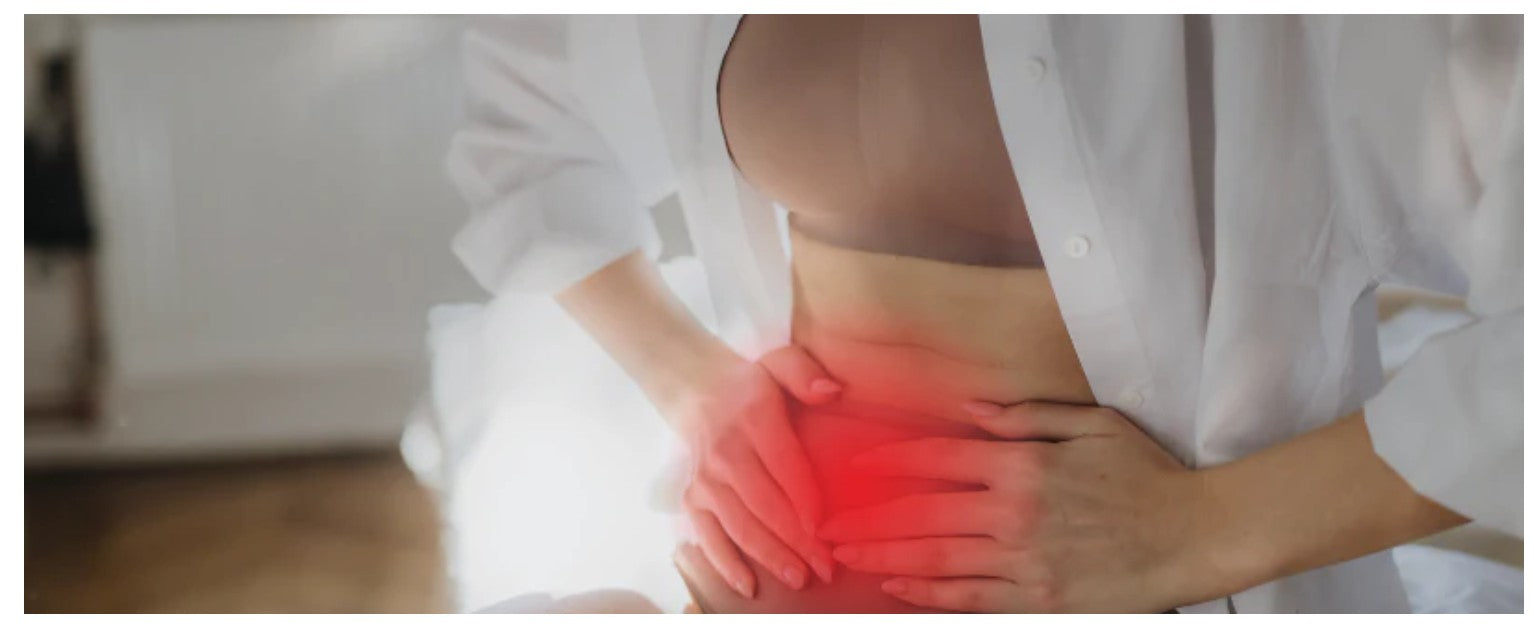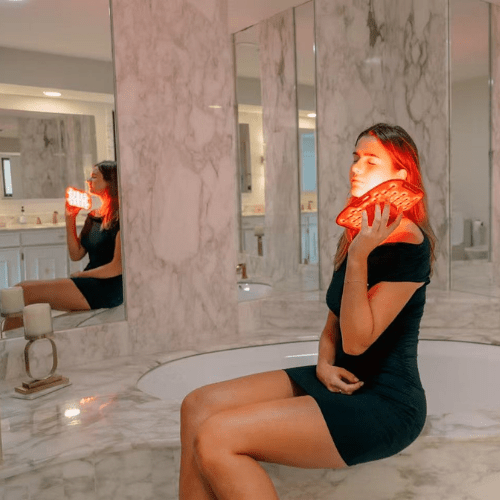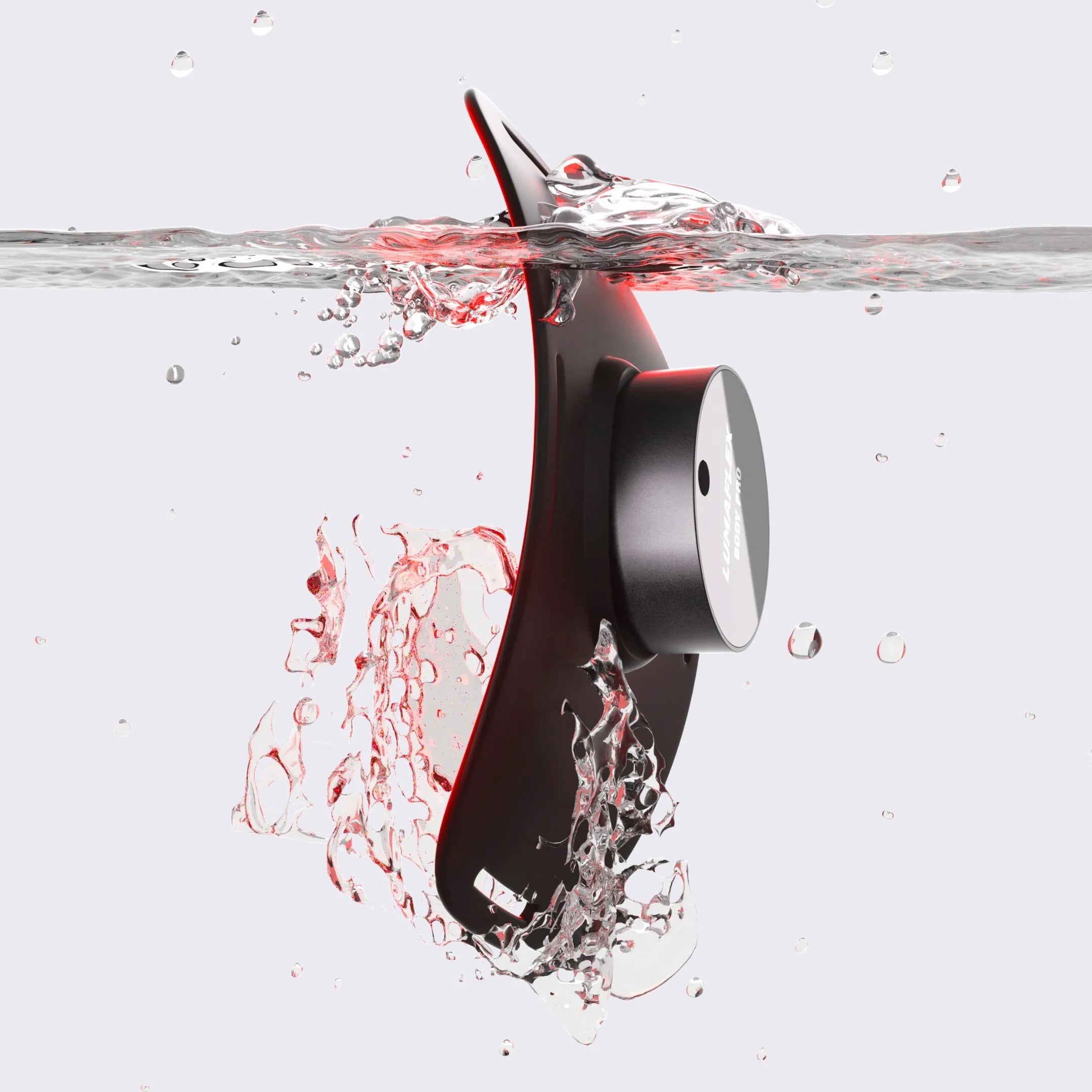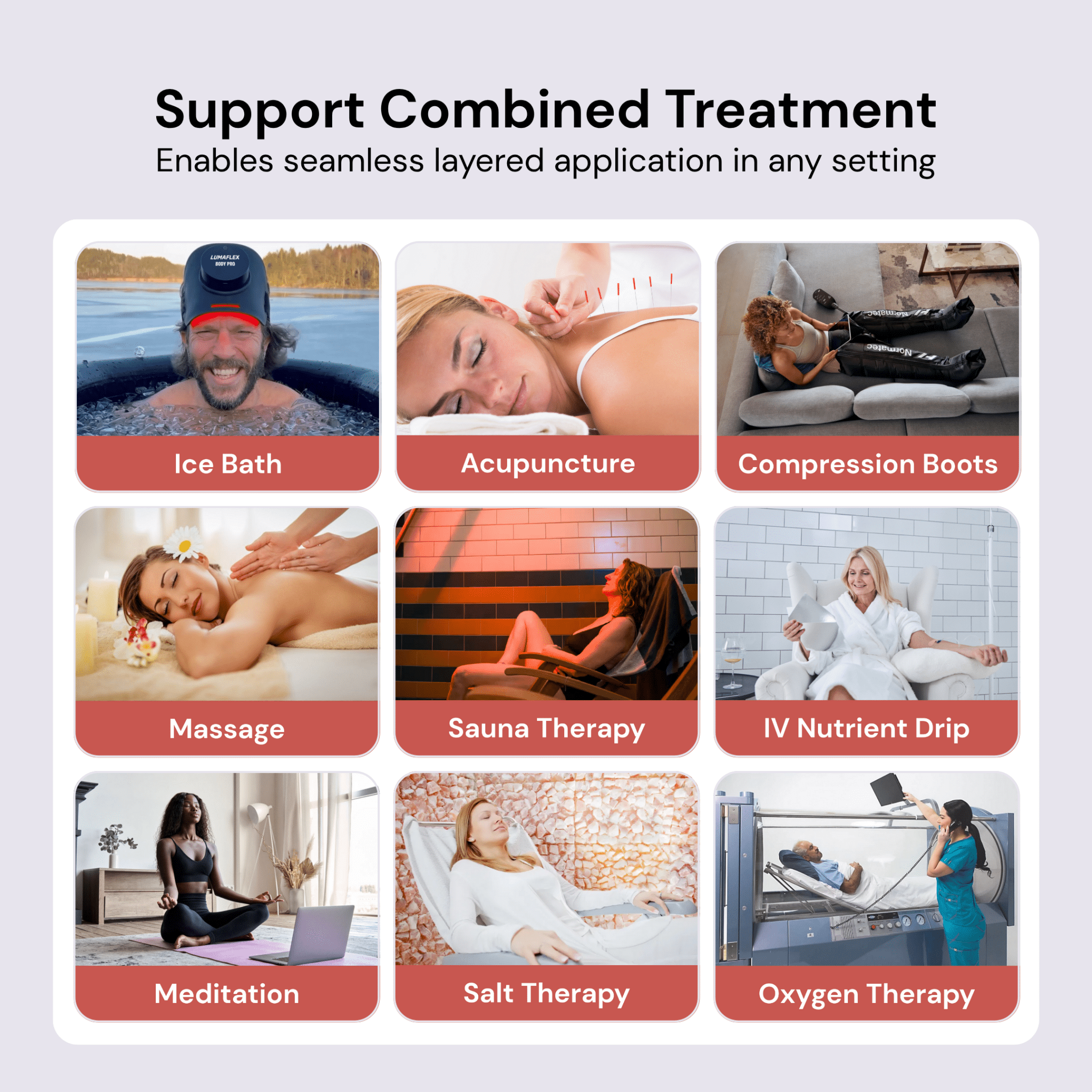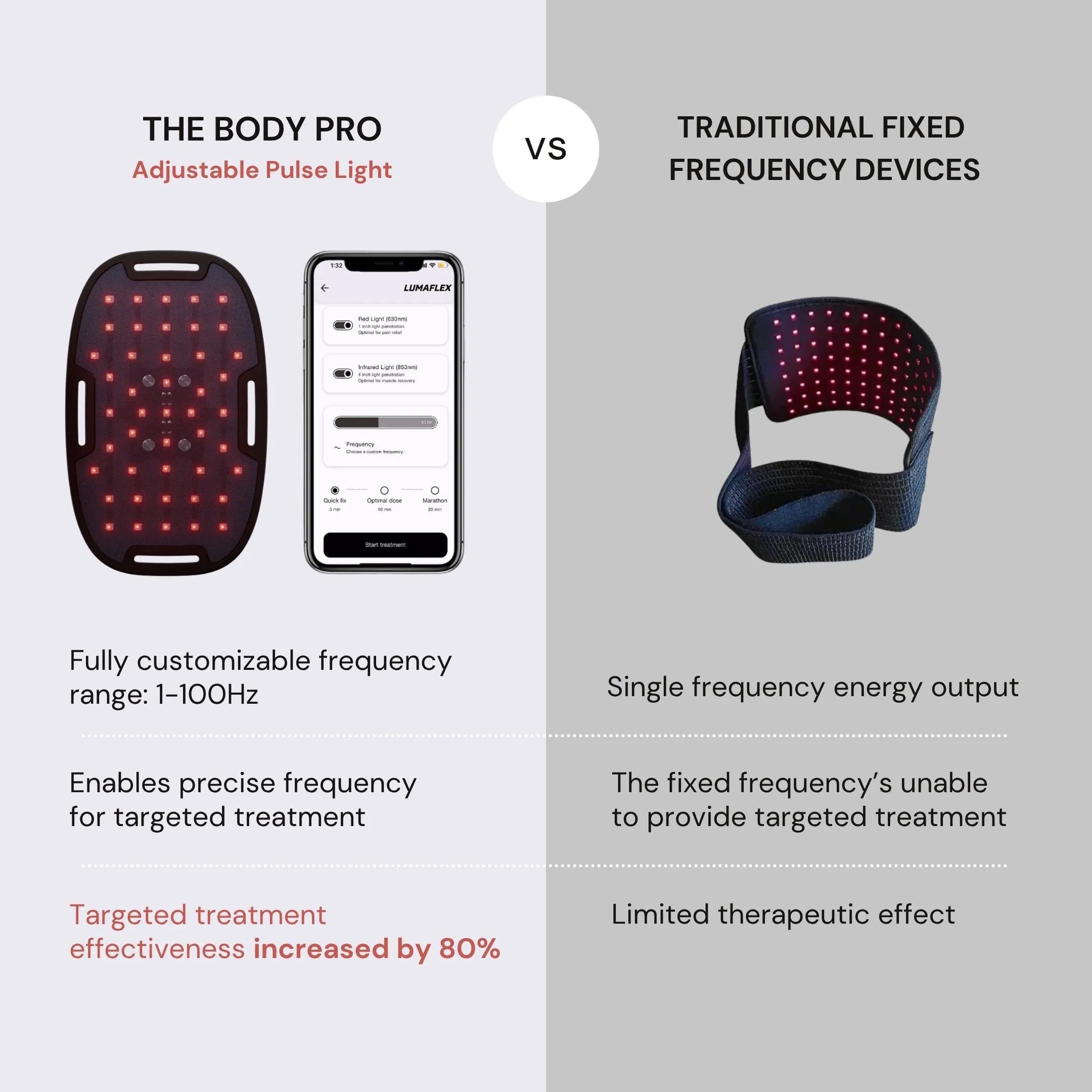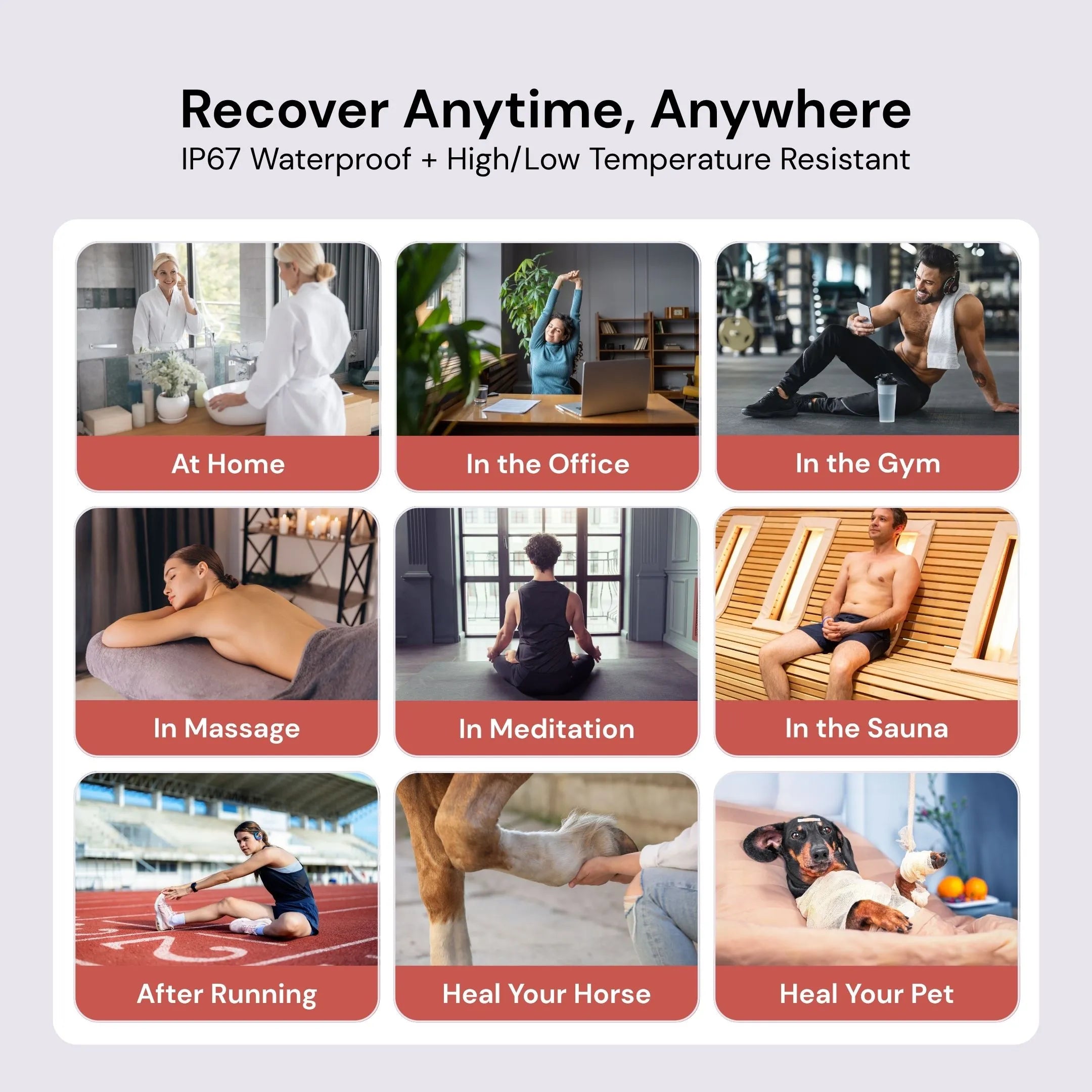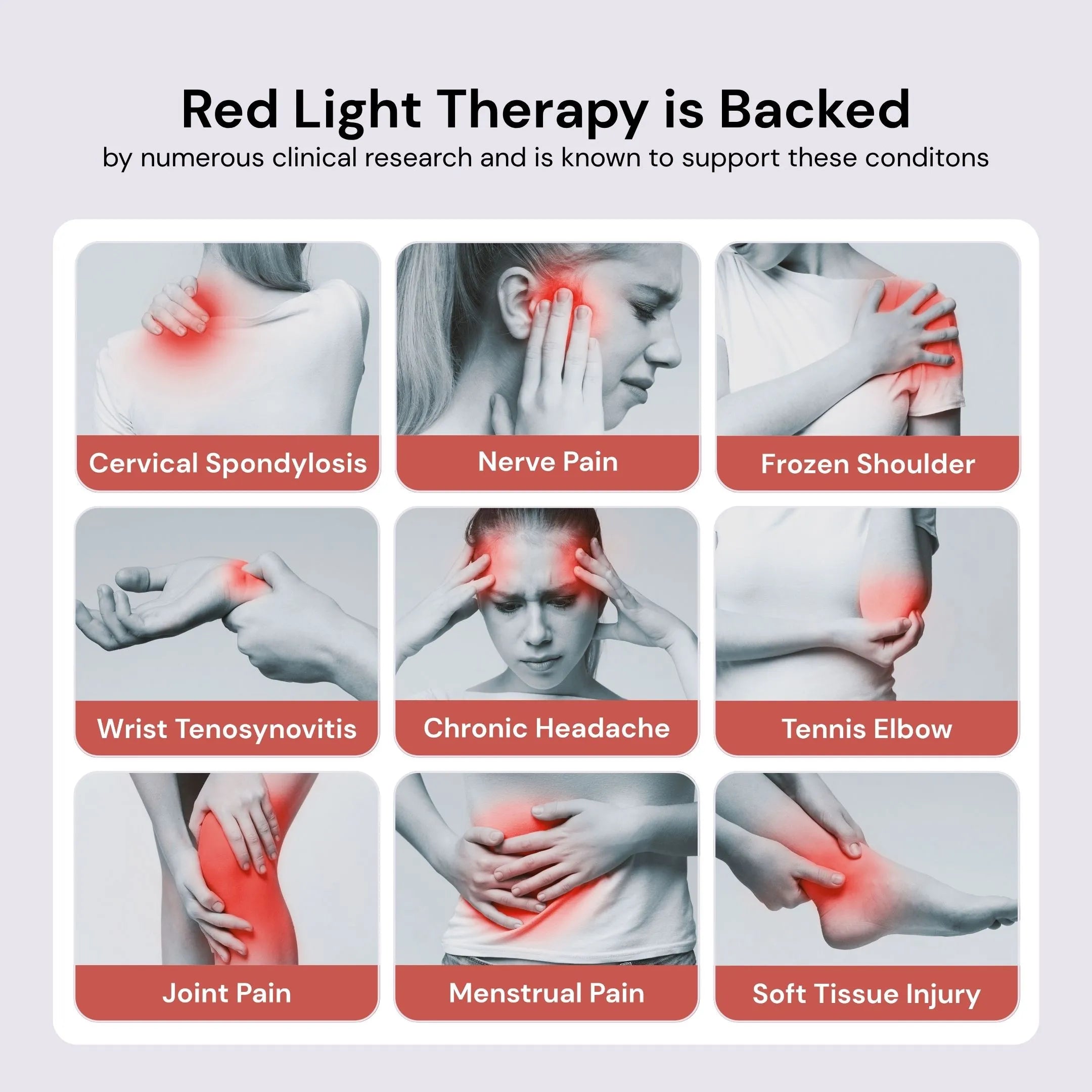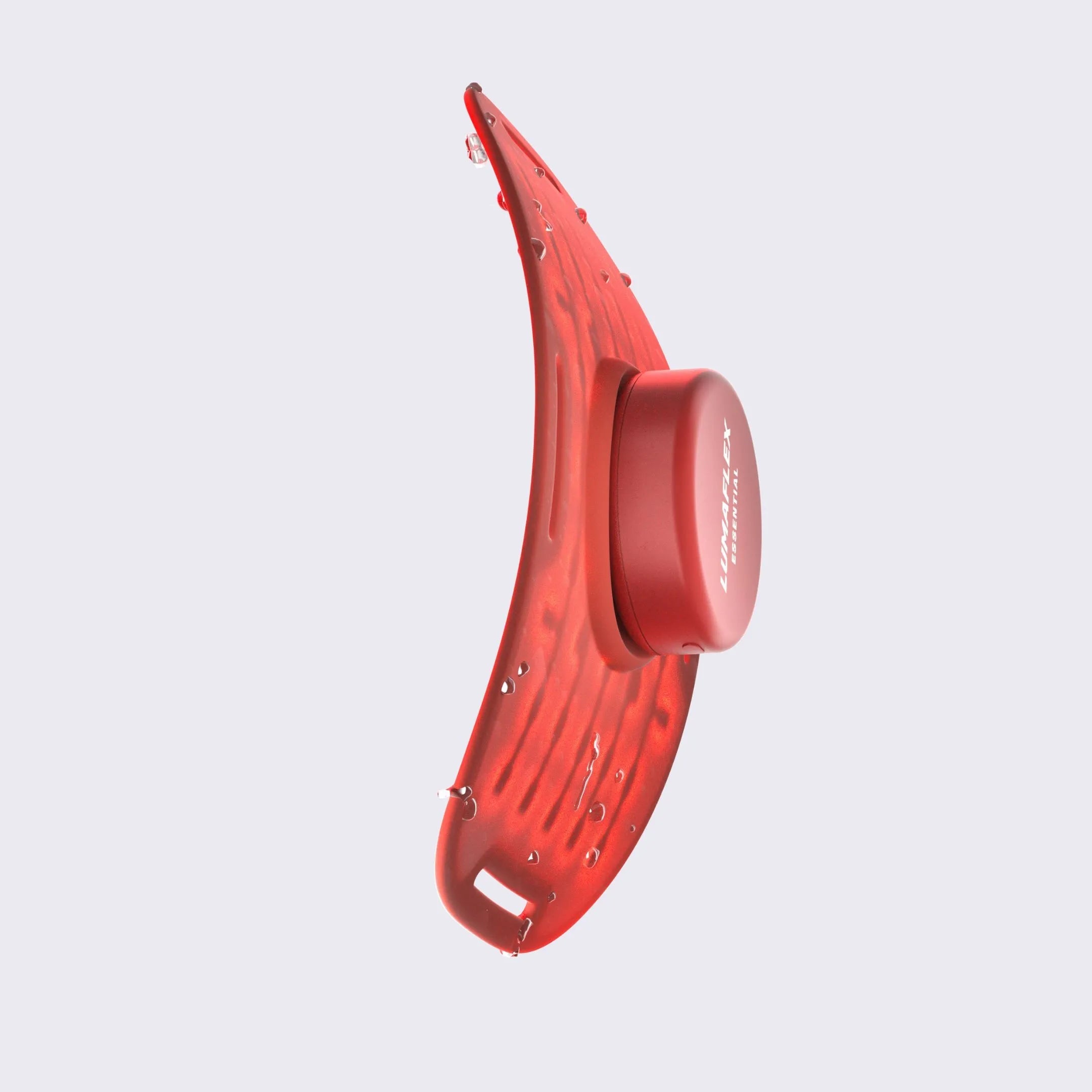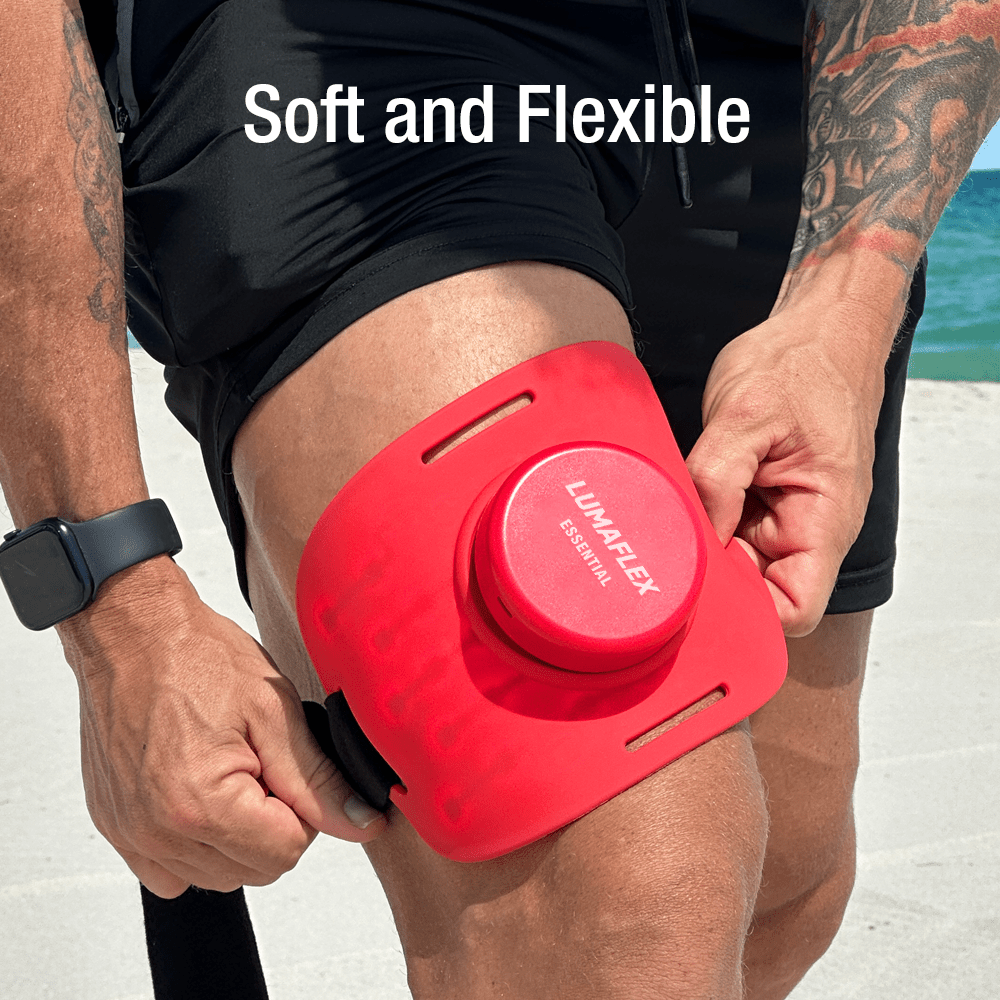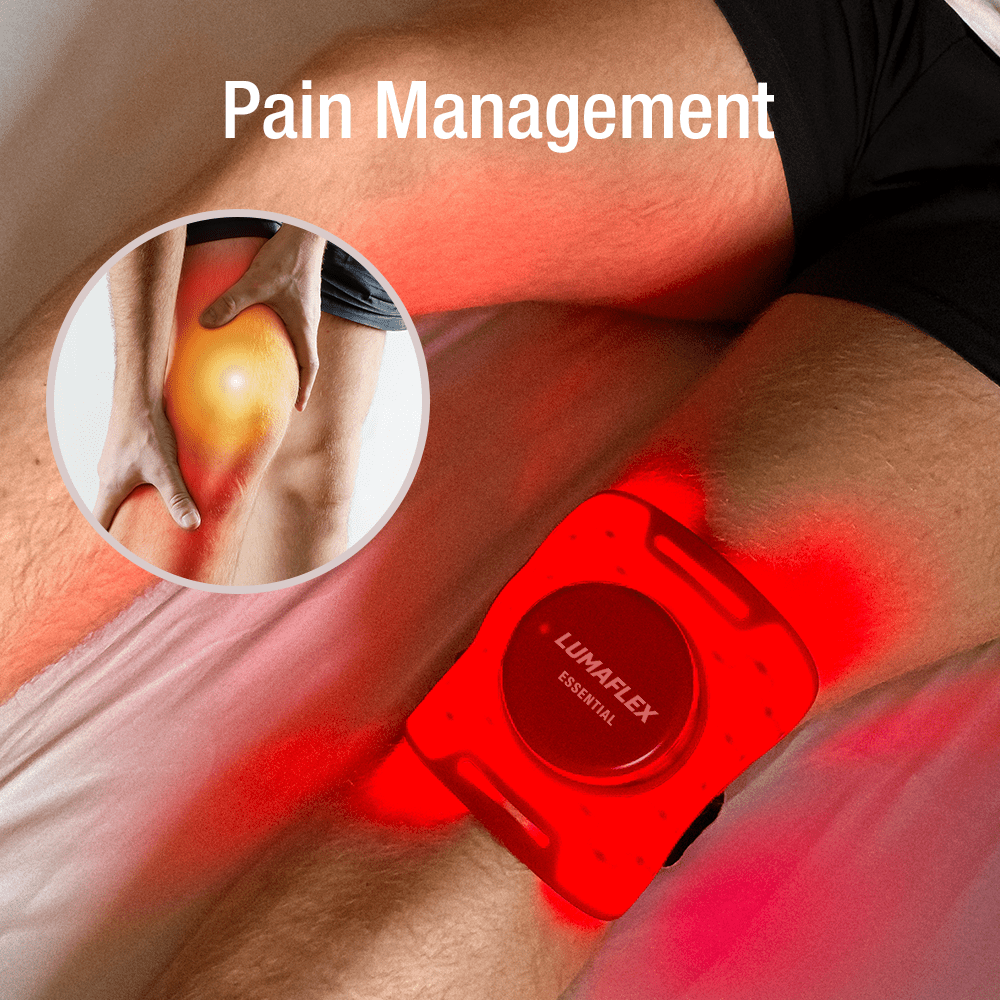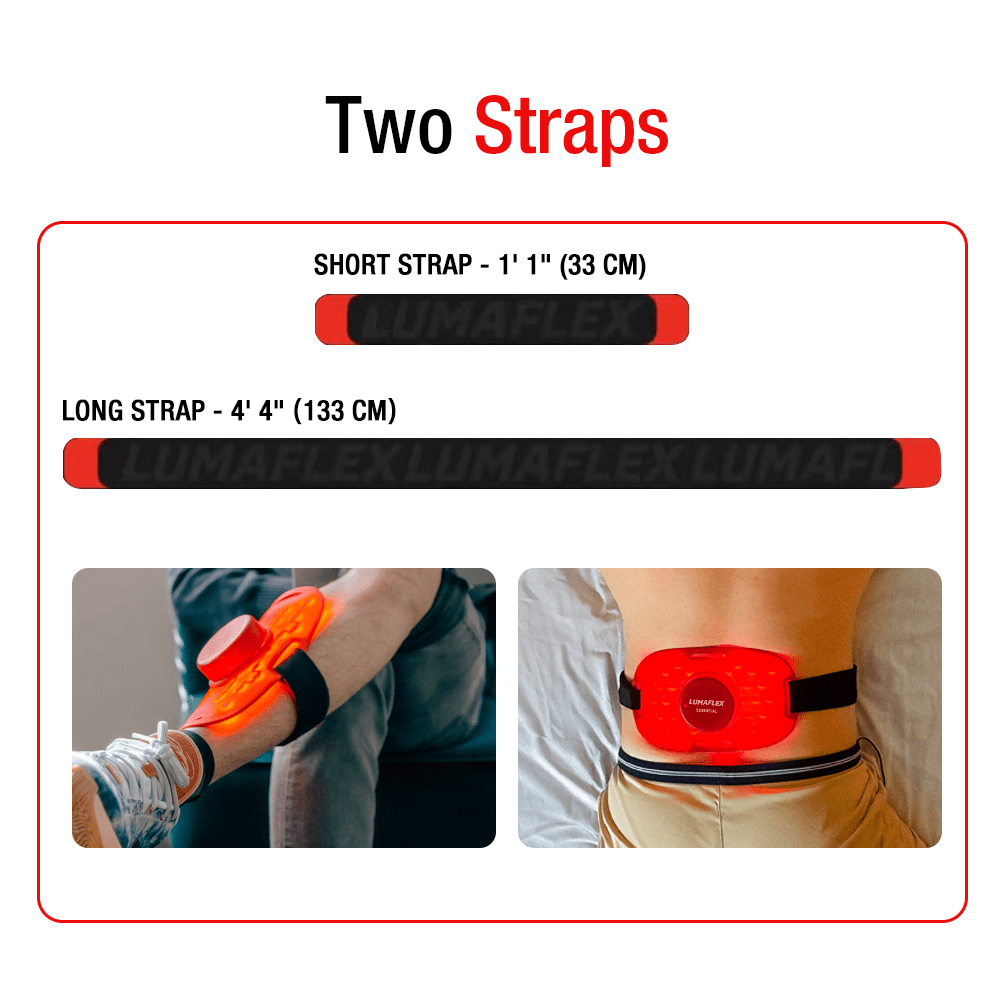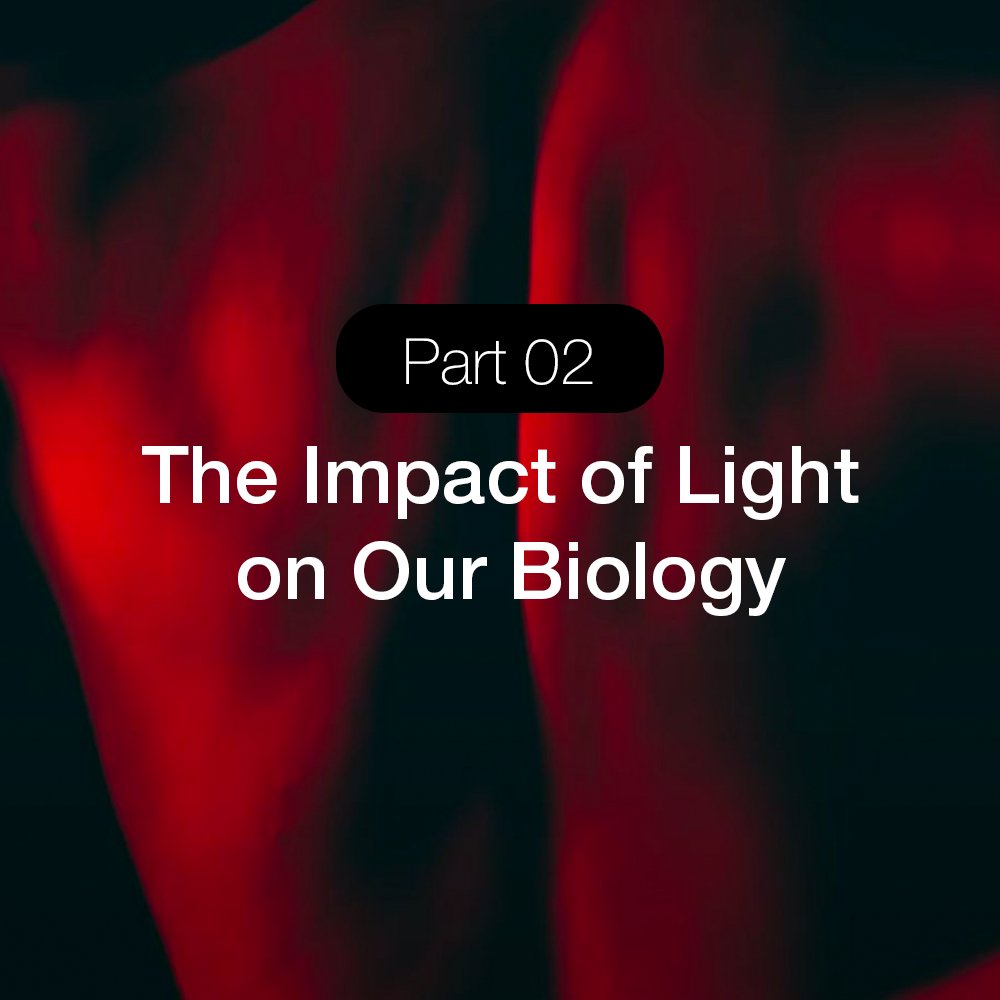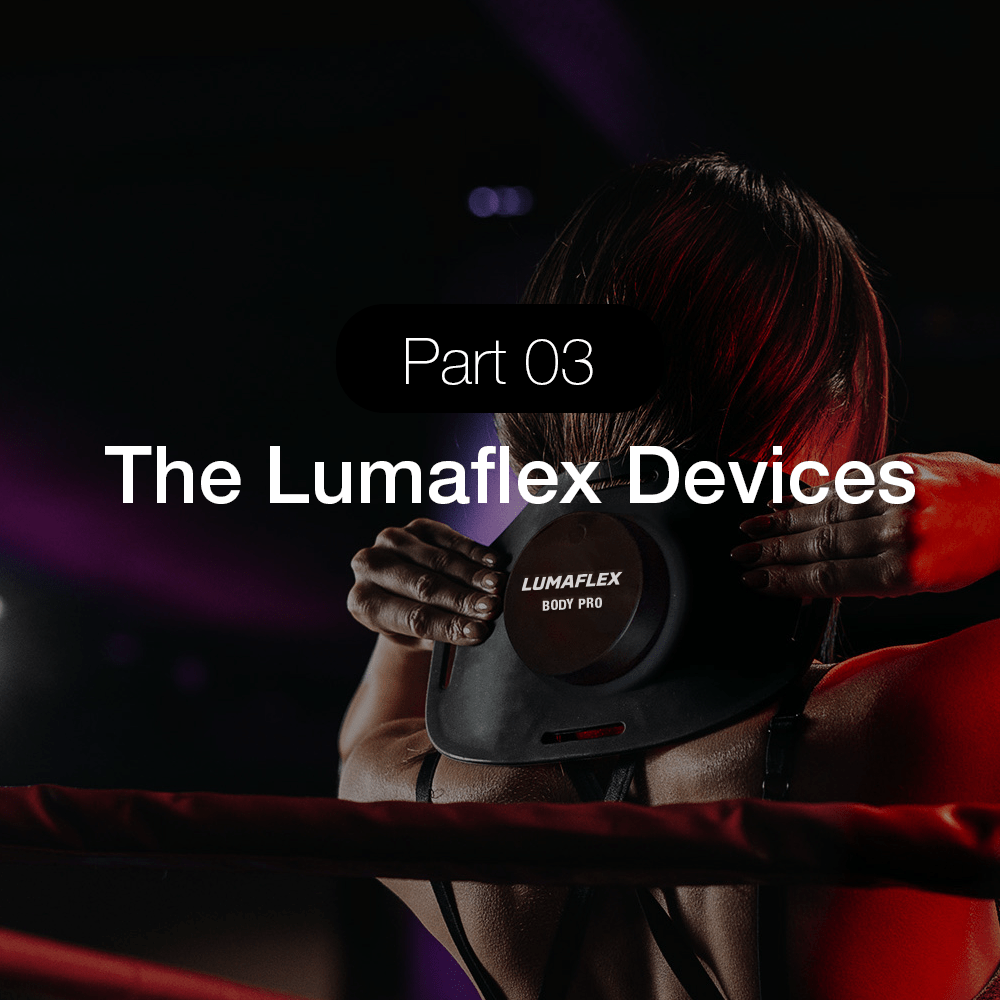What Is Red Light Therapy? Benefits, Uses, and Science Explained
Table of content
- 1. Understanding Red Light Therapy
- 2. How Red Light Therapy Works
- 3. Potential Benefits of Red Light Therapy
- 4. Red Light Therapy Applications and Methods
- 5. Safety and Side Effects
- 6. How to Choose a Red Light Therapy Option
- 7. The Future of Red Light Therapy
- 8. Conclusion
- 9. Frequently Asked Questions
Red light therapy has gained significant popularity in recent years as a non-invasive treatment option for various health and cosmetic concerns. From professional wellness clinics to at-home devices, this technology has become increasingly accessible. But what exactly is red light therapy, how does it work, and what can it potentially do for your health? This comprehensive guide explores the science, benefits, and applications of this innovative treatment.
1. Understanding Red Light Therapy
Red light therapy (RLT), also known as photobiomodulation or low-level laser therapy (LLLT), is a treatment that uses low-wavelength red light to improve skin health, reduce inflammation, and potentially address numerous other conditions. Unlike ultraviolet (UV) light which can damage skin cells, red light therapy uses wavelengths typically between 630-700 nanometers that penetrate the skin at different depths.The treatment works by delivering safe, concentrated wavelengths of natural light into your skin and cells, where it's absorbed and used to stimulate various biological processes.
The History of Red Light Therapy
Red light therapy isn't a new concept. NASA originally developed it in the 1990s to grow plants in space and later discovered its potential for wound healing and pain reduction in astronauts. Since then, research into its applications has expanded significantly, with studies exploring its effectiveness for various conditions.
2. How Red Light Therapy Works
The Science Behind the Light
At its core, red light therapy works at the cellular level. When red light wavelengths are absorbed by the mitochondria (the powerhouses of our cells), they stimulate the production of adenosine triphosphate (ATP) – the primary energy carrier in all living organisms. This increased cellular energy can lead to several beneficial effects:
- Enhanced cellular function and repair
- Increased circulation
- Reduced oxidative stress
- Decreased inflammation
- Stimulated collagen production
The specific wavelengths used in red light therapy are crucial to its effectiveness. The most commonly used wavelengths include:
- Red light (630-700 nm): Penetrates the skin surface, potentially benefiting skin conditions
-
Near-infrared light (700-1100 nm): Penetrates deeper into tissues, potentially helping with deeper tissue concerns like muscle recovery
3. Potential Benefits of Red Light Therapy
Research on red light therapy continues to evolve, with studies suggesting numerous potential benefits:
Skin Health and Anti-Aging
One of the most well-documented benefits of red light therapy is its effect on skin health. Research suggests it may:
- Increase collagen production, improving skin elasticity
- Reduce fine lines and wrinkles
- Improve complexion and skin tone
- Speed healing of wounds and scars
- Reduce acne inflammation
- Minimize redness and sun damage
Pain and Inflammation Reduction
Red light therapy has shown promise for reducing inflammation and alleviating both chronic and acute pain conditions:
- Joint pain and arthritis
- Muscle soreness and recovery
- Neuropathic pain
- Back pain
- Neck pain
Improved Hair Growth
For those experiencing hair loss, red light therapy may offer some hope. Several studies have shown that it can stimulate hair follicle activity and potentially slow or reverse certain types of hair loss, particularly androgenetic alopecia (pattern baldness).
Enhanced Athletic Performance and Recovery
Athletes and fitness enthusiasts have increasingly turned to red light therapy to:
- Accelerate muscle recovery after workouts
- Reduce delayed onset muscle soreness (DOMS)
- Improve strength and endurance
- Heal sports injuries more quickly
Other Potential Applications
Emerging research suggests red light therapy might also help with:
- Sleep quality improvement
- Mood enhancement
- Cognitive function
- Wound healing
- Reducing side effects of cancer treatments
- Managing symptoms of certain neurological conditions
4. Red Light Therapy Applications and Methods
Professional Treatments
Red light therapy is available in various professional settings:
- Dermatologist offices
- Medical spas
- Physical therapy clinics
- Fitness centers and gyms
- Wellness centers
Professional treatments typically use higher-powered devices and may be combined with other therapies for enhanced results.
At-Home Devices
The market for at-home red light therapy devices has expanded significantly, with options including:
- Full-body panels: Larger devices that can treat extensive areas
- Handheld devices: Portable options for targeted treatment
- Red light masks: Specifically designed for facial treatments
- Targeted devices: Created for specific uses like hair growth or pain relief
The effectiveness of at-home devices varies widely based on their quality, light intensity, and wavelength specifications.
5. Safety and Side Effects
Red light therapy is generally considered safe with minimal side effects. Unlike other light-based treatments, it doesn't use ultraviolet (UV) light, which means it doesn't cause burning or skin damage. However, there are some considerations:
Potential Minor Side Effects
- Temporary redness or tightness
- Eye strain (which is why protective goggles are recommended)
- Headache (rare)
Precautions and Contraindications
While generally safe, red light therapy may not be appropriate for everyone. Consult with a healthcare provider if you:
- Have a photosensitizing condition
- Take medications that increase light sensitivity
- Have active skin cancer
- Are pregnant
- Have epilepsy (as pulsating lights might trigger seizures in sensitive individuals)
6. How to Choose a Red Light Therapy Option
Questions to Consider
If you're interested in trying red light therapy, consider these factors:
- What condition are you treating? Different wavelengths and intensities work better for different conditions.
- Professional or at-home? Professional treatments offer higher intensity but at greater cost.
- Device specifications: Look for devices that clearly state their wavelength, intensity, and treatment area.
- Cost considerations: Professional treatments can range from $25-$200 per session, while home devices range from $100-$3,000+ depending on size and quality.
What to Look for in Home Devices
- Appropriate wavelengths (typically 630-700 nm for red light, 700-1100 nm for near-infrared)
- Energy output (measured in mW/cm² or irradiance)
- Treatment area size
- FDA clearance (for medical devices)
- Warranty and company reputation
7. The Future of Red Light Therapy
Research into red light therapy continues to expand, with ongoing studies exploring its potential for various conditions. As technology advances, we can expect to see more targeted and effective treatments developing in this field.
8. Conclusion
Red light therapy represents a promising approach to addressing various health and cosmetic concerns. While not a miracle cure, the growing body of research suggests it offers genuine benefits for skin health, pain management, and various other applications. As with any treatment, it's important to approach red light therapy with realistic expectations and, when appropriate, guidance from healthcare professionals.If you're considering red light therapy, consult with a healthcare provider to determine if it's appropriate for your specific needs and to ensure you're using the most effective approach for your desired outcomes.
9. Frequently Asked Questions
Q: How often should you use red light therapy?
A: Treatment frequency depends on the condition being treated and device specifications. Typically, treatments range from 3-5 times per week for 10-20 minutes per session.
Q: How long before seeing results from red light therapy?
A: Results vary by condition. Skin improvements may be noticed within 2-4 weeks, while pain relief can sometimes be experienced after just a few sessions. More significant changes typically require consistent use over 8-12 weeks.
Q: Can red light therapy damage eyes?
A: Direct exposure can potentially cause eye strain or damage. Most professionals recommend wearing proper eye protection during treatments.
Q: Is red light therapy covered by insurance?
A: Most insurance plans do not cover red light therapy for cosmetic purposes, but some may cover it for specific medical conditions when prescribed by a physician.
Q: Can red light therapy be combined with other treatments?
A: Yes, it's often used alongside other treatments. However, consult with a healthcare provider to ensure there are no contraindications with your specific regimen.

